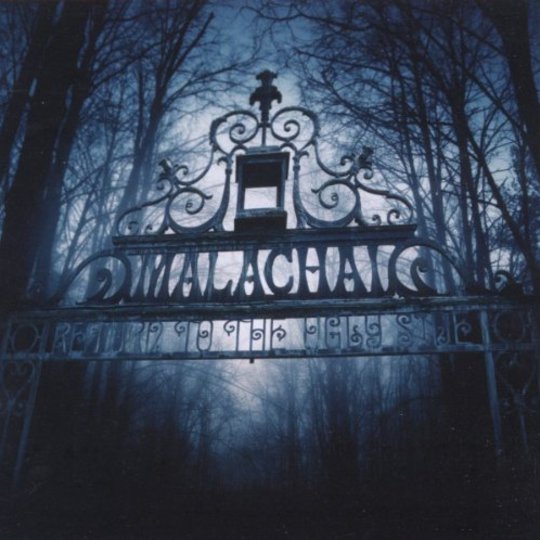You’d be pushed to find a more self assured introduction to an album than Malachai’s ‘Monsters’. Swelling with a regal crescendo of horns and strings, the thing sounds more like the score to a Michael Bay movie than anything else. The instrumental opening to Return to the Ugly Side is misleading in a sense, in that it displays an overreaching aural ambition largely absent from the more simplistically-minded body of the album itself. And whilst the wild theatrics of the opening track’s arrangement are somewhat emulated by the nasal – and slightly creepy – vocal intonations of ringmaster Gee, the thing inarguably takes an abrupt left turn with the introduction of ‘Anne’, the album’s first song proper.
A lot is going to be made of Malachai’s debt to the trip hop scene of the mid-Nineties; a label which is going to be even more readily attached to them owing to the fact that they hail from Bristol. And indeed, ‘Anne’ lays all the cards on the table: this is music which is absolutely subservient to its rhythm section. Throughout the record, the stuttering beats are terrifically high in the mix, providing the bedrock onto which Malachai pepper the paranoid rhythms with discordant stabs of noise, and Gee’s snatches of melodic refrain. Songs like ‘How You Write’ sound more like direct homage than throwback; with its languid, smoky beat and chiming piano chords, Malachai really encroach on the territory of Tricky and other of their city’s alumni. But, by and large, this record relies more heavily upon vocal range and accessible melody than their trip hop forerunners ever did. Each track contains at least one attempt at a memorable refrain; double tracked and projected for maximum impact. Often the melodic structures are simple. Usually, Malachai will only employ an A/B structure to their songs – allowing the big refrain to seem hookier by virtue of no competition.
My use of the word ‘song’ in that last paragraph raises the question about whether that’s necessarily the best word to use in relation to these tracks. These tunes can be considered fundamentally slight in terms of their structure; never is there a clear progression from verse to bridge to chorus, with the normal dynamic of build and release which goes along with it. Instead, these tracks feel more like unfinished sketches; boasting an almost improvised quality – as if these are just elongated jams, where Gee throws out melodic ideas as they occur to him, and snatches of textural inspiration are applied haphazardly. On a track by track basis, this works in the band’s favour: allowing them to follow flights of fancy without compromising the cohesion of the track.
But, over the course of the entire record, the lack of structural development leaves the entirety of the album feeling a little bit like a disjoined scrapbook which doesn’t coalesce into a meaningful whole. Songs fade out and bleed into each other awkwardly (the ending of ‘My Ambulance’, as it fades out the very second that its triumphant release begins, is particularly bewildering) and so one wonders what it would have been like to have a few more fully developed songs (I use the word more carefully there) like lead single ‘Let Em Fall’ – a track in which textural dynamic helps to accentuate the song’s structural transitions. But full bodied, bona fide songs like this are anomalous on this album. Whilst Return to the Ugly Side undoubtedly sustains an affective mood of unease and intrigue, it ultimately falters in its structural underdevelopment.
-
6Russell Warfield's Score























